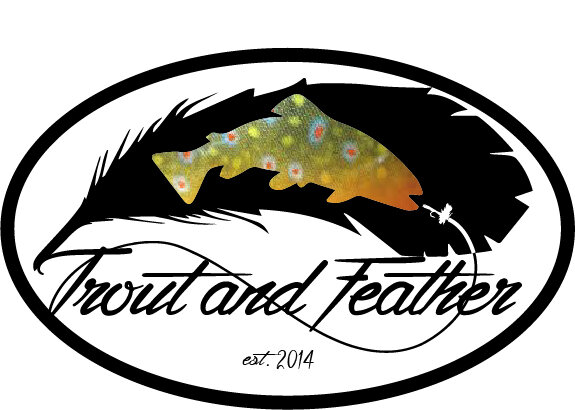Consider the largemouth bass: It is a fish with swinish shoulders, course scales, and the chronic look of torpor. Furthermore, micropterus salmoides is often associated with the jamborees of a high-speed, lip-ripping, glitter-boat flavor.
But they, along with their other warmwater cousins, are more than that. These fish are strong, cagey, and found in a much wider variety of ecosystems than the fragile trout. They will analyze a perfectly drifted nymph and turn their nose at a delicately floated dry fly.
These fish are more than substitutes or fall-backs.
Read moreLet me begin by saying that I have never fished for steelhead in the Pacific Northwest. For the pedantic angler, that would mean that I have never fished for steelhead. For what is a steelhead? It is “just” oncorhynchus mykiss, with a little taxonomic tail of irideus to designate that they live the anadromous life. They spend the bulk of their days getting strong and getting fed in the oceans, and then they move inland to spawn.
I have fished for adfluvial rainbow trout. These big, strong ‘bows summer in depths of the Great Lakes before running into tributaries to spawn and/or go through the spawning motions. But truth is truth, and adfluvial is not anadromous.
Still, I call them steelhead. And no one in their right mind is confused when I say I fish for them in Pennsylvania.
Read moreImagine the first angler who stumbled upon what is now a famous river - like the Battenkill, the Madison, or the Snake. Think about the pristine quality of the watershed. Consider the flourishing population of big, wild fish he would have encountered. Envision what he must have felt… what had to have been going through his mind.
I know what wasn’t going through his mind. “I don’t know if I’m ever going to catch these fish!”
Read moreI was past the point where I could hear cars or people.
As a general rule, the pools and deep runs that are within a short walk from the parking lot get fished hard. The water looks great. It seems like it might be productive. Styrofoam worm cups and Bud Lite cans are often serve as the fishing report. Only five or ten minutes up into the mountains and things change. The literal quiet is accompanied by a sense of quiet. The trails get narrower. The signs of people disappear. Then, there are fish.
Read moreI had read about this particular creek dozens of times before I had ever fished it. Walking the banks the first time meant adjusting my expectations alongside reading the water. There wasn’t a trophy trout in every pool as I had anticipated. The mental picture of the famous pools was different than reality. And one stretch that I had read about was conspicuously absent from the fly shop-provided map I was following.
Many of the resources I had been using were from the ’60s and ’70s. Change, even in major river features, is inevitable. But an entire tributary hadn’t made the contemporary map.
Cross-referencing what I had read with what I was seeing, I came to where the little flow should enter the stream. From a distance I didn’t see anything. When I got on top of it, I realized that there was indeed water entering the creek at a perpendicular angle. It was shallow, weedy, and covered in brush. Only about ten feet in and it opened up. Soon enough I was into fish. Really good fish.
Reading historical accounts of fly fishing might pay off in really good fishing. More often than not, the reward is going to be in what you learn and how that impacts your time on the water… regardless of if you’re catching fish or not.
Here are three reasons why digging into the history of fly fishing will be beneficial, and three great ways to get started:
Read moreI always keep a small armory of angling equipment in the back of my compact SUV. Fishing happens on a whim nearly as much as it comes about through careful planning. There are a handful of rods, fly boxes, and miscellaneous tools that I like to have at the ready. A lot of it is normal fly fishing stuff.
But some of it isn’t. Some of it is what I’ve learned to lean on over the years of fishing, hiking, camping, and living.
Here are five things I always have in my car. They all have plenty of uses, but I’ve come to use them quite a bit as I take day- and weekend-trips to fish. Sometimes it is disaster management. Sometimes it is just about making life easier. Consequently, it always has a place squirreled away in my car among my fly fishing gear.
Read more